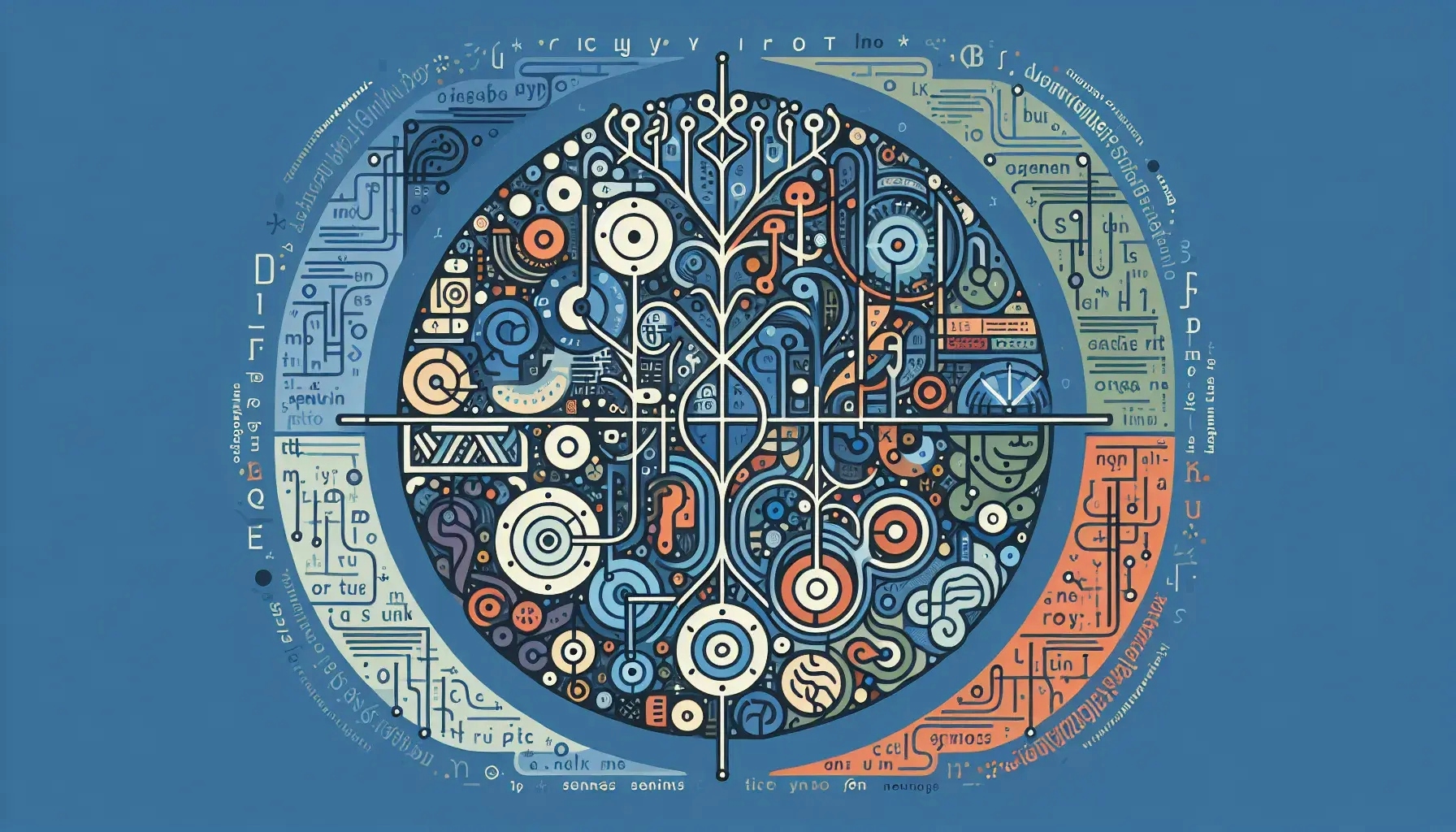Welcome to a deep dive into the fascinating world of language and linguistics. This blog post will guide you through the complexities of syntax and semantics, two fundamental aspects of language structure. We'll explore their definitions, differences, and interplay, and how they influence our communication. Whether you're a language enthusiast, a budding linguist, or someone simply curious about how language works, this exploration will provide valuable insights.
Defining Syntax and Semantics
Syntax and semantics, while distinct, are two sides of the same linguistic coin. Syntax refers to the rules that govern the structure of sentences in a particular language. It's all about how words combine to form grammatically correct sentences. Syntax doesn't concern itself with the meanings of words but rather with their arrangement and the relationships between them.
On the other hand, semantics delves into the meaning of words, phrases, and sentences. It's concerned with how we derive meaning from these components and how we interpret them in different contexts. Semantics is the reason why we can understand the meaning behind a sentence, even if its syntax is unfamiliar to us.
The interplay between syntax and semantics is what allows us to communicate effectively. Syntax provides the structure, while semantics imbues that structure with meaning. Understanding this dynamic is crucial for anyone studying language or linguistics.
The Role of Syntax in Language
Syntax plays a pivotal role in language. It's the scaffolding that holds our sentences together. Without syntax, language would be a jumble of words, difficult to understand and interpret. Syntax gives us the rules for constructing sentences, allowing us to convey complex ideas and thoughts.
Syntax varies from language to language. Each language has its own unique set of syntactic rules, which its speakers must learn and follow. These rules dictate the order of words in a sentence, the use of different grammatical elements, and the relationships between different parts of a sentence.
Understanding syntax is not just about knowing the rules. It's also about understanding the exceptions to those rules and the nuances that make each language unique. Syntax is a dynamic and evolving aspect of language, changing and adapting over time as languages evolve.
The Significance of Semantics
Semantics, the study of meaning in language, is equally important. It's what allows us to understand and interpret the words and sentences we encounter. Semantics is the reason we can derive meaning from a sentence, even if its syntax is unfamiliar or complex.
Semantics is not just about understanding the meanings of individual words. It's also about understanding how those meanings can change in different contexts. A word can have different semantic meanings depending on its context, and understanding these nuances is a key part of mastering a language.
Semantics also plays a crucial role in communication. It's what allows us to convey our thoughts and ideas effectively, and to understand the thoughts and ideas of others. Without semantics, language would be a hollow shell, devoid of meaning and purpose.
The Interplay between Syntax and Semantics
Syntax and semantics, while distinct, do not exist in isolation. They interact in complex ways to form the rich tapestry of language. This interplay is what allows us to communicate effectively, conveying complex thoughts and ideas through the medium of language.
Syntax provides the structure for our sentences, while semantics imbues that structure with meaning. The two work together, each enhancing the other. A sentence with perfect syntax but poor semantics is difficult to understand, while a sentence with strong semantics but poor syntax is equally challenging.
Understanding the interplay between syntax and semantics is crucial for anyone studying language or linguistics. It's a complex and fascinating dynamic, one that reveals much about the nature of language and how we use it to communicate.
Syntax and Semantics in Linguistic Studies
The study of syntax and semantics is a crucial part of linguistics. Linguists study these aspects of language to understand how we communicate and how languages evolve over time. Syntax and semantics are also important in fields like computational linguistics, where they help in the development of natural language processing algorithms.
Syntax and semantics are also crucial in language learning. Understanding the syntax of a new language is key to constructing grammatically correct sentences. Similarly, understanding the semantics of a language is crucial for interpreting and understanding sentences correctly.
The study of syntax and semantics is not just academic. It has practical applications in many fields, from language teaching and learning to artificial intelligence and machine learning.
The Future of Syntax and Semantics
The study of syntax and semantics is a vibrant and evolving field. As our understanding of language deepens, so too does our understanding of these crucial aspects of language structure. New theories and models are constantly being developed, each adding to our knowledge and understanding.
The future of syntax and semantics is also being shaped by technology. Advances in artificial intelligence and machine learning are leading to new ways of studying and understanding language. These technologies are helping us to analyze and understand language on a scale never before possible, opening up new avenues of research and understanding.
The future of syntax and semantics is exciting and full of potential. As we continue to explore and understand these aspects of language, we can look forward to new insights and discoveries that will deepen our understanding of language and how we use it to communicate.
Wrapping Up: The Journey through Syntax and Semantics
We've journeyed through the intricate world of syntax and semantics, exploring their definitions, roles, and the dynamic interplay between them. These fundamental aspects of language structure are crucial for effective communication and understanding. As we continue to delve deeper into these fascinating topics, we'll undoubtedly uncover more about the complexities of language and its evolution. This exploration is not just for linguists but for anyone intrigued by the art of communication and the intricate mechanisms that make it possible.

